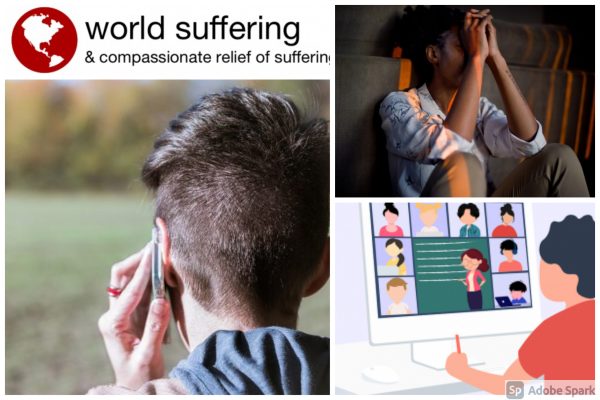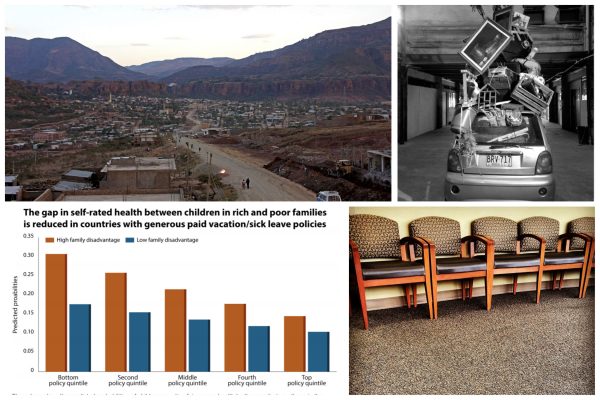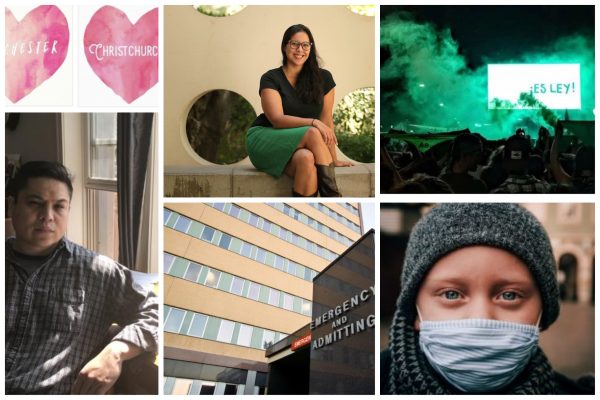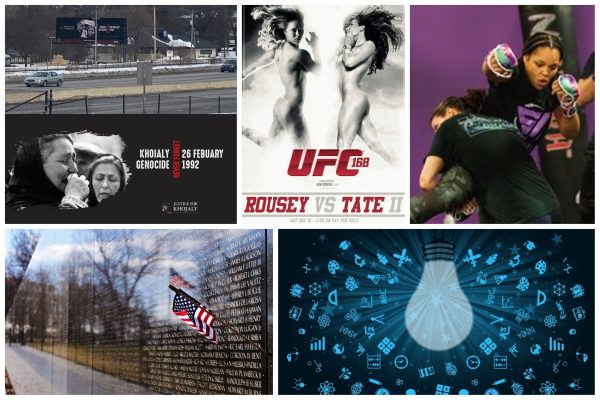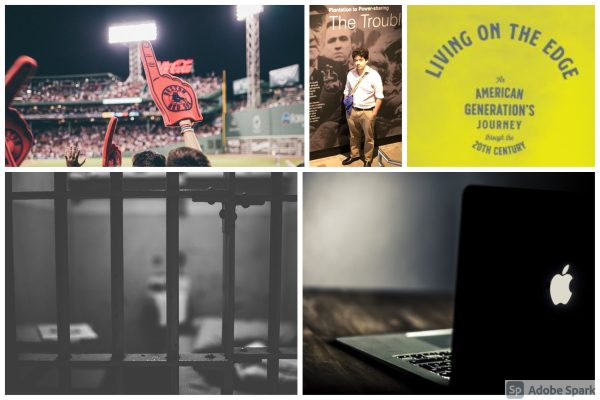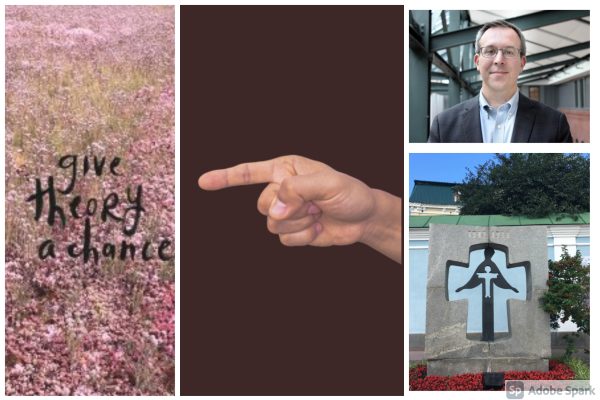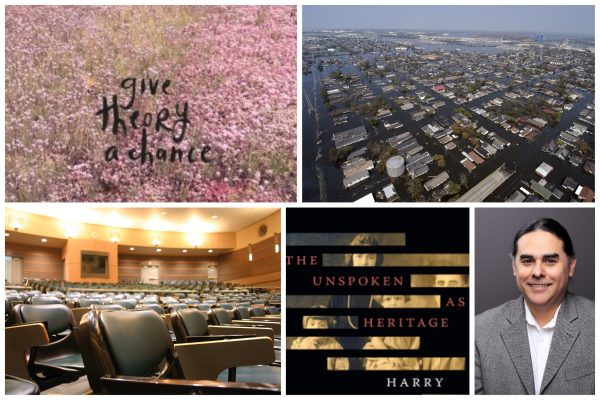
Happy Friday! This week we cover new research that explores the challenges freelancers face when looking for full-time jobs. We also explore what sociology, and other social sciences, can tell us about the social influences of intergenerational trauma.
Discoveries
Freelancers Face Frustration in Full-Time Job Searches by Jean Marie Maier. We cover new research that shows that a history of freelancing sends negative signals about commitment and competence to potential employers.
There’s Research On That
When Trauma is Passed Down by Nikoleta Sremac. We round up research that explores the cultural legacy of trauma for social groups.
From Our Partners:
Contexts
What Do Memes Tell Us about Self and Time during the Pandemic? by Michael G. Flaherty and Cosima Rughiniș
Council on Contemporary Families
The Shortest Distance is Across Not Around: Bridging Chasms in Women’s Health Care and Racial Justice to Achieve Maternal Health Equity by Irene Headen
From Our Community Pages:
- Center for Holocaust & Genocide Studies shows how spatial tools can help students understand the Holocaust.

